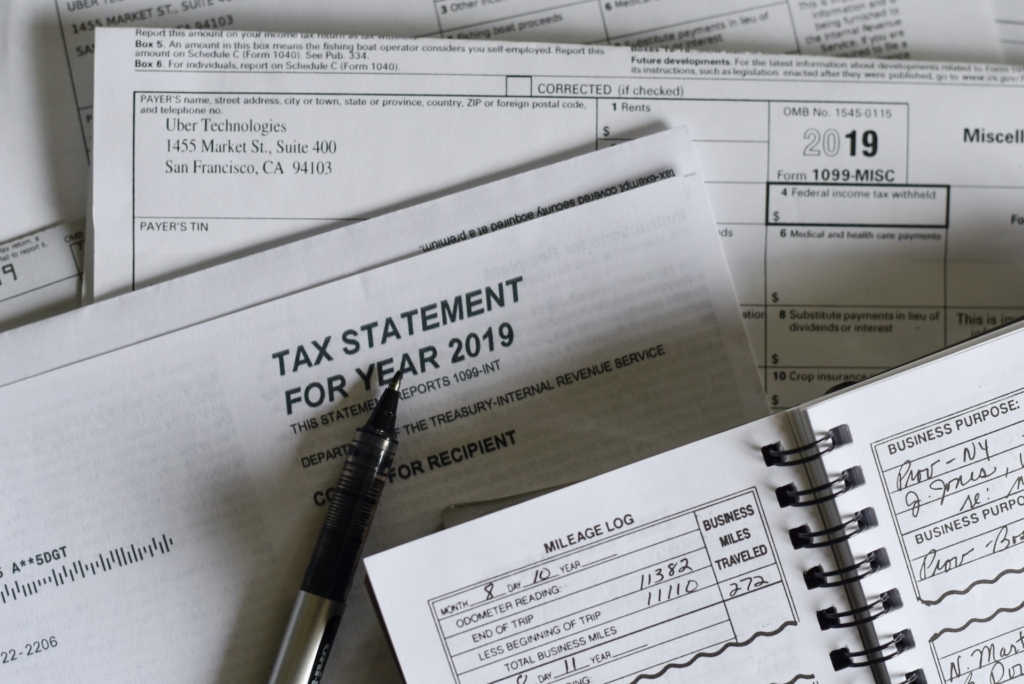Are you a business owner considering capital allowances as part of your next tax return? If so, understanding the differences between them and their potential benefits is essential. Capital allowances can be a great way to reduce your taxable income and maximize your profit. In this blog post, we’ll take an in-depth look at capital allowances, covering all their intricacies from how to claim them on expenses to allowable investment limits. Through some practical examples, we’ll help you understand just how beneficial these taxes could be for you and leave no stone unturned when it comes to learning about capital allowances!

What is a capital allowance and what are its benefits
A capital allowance is a government incentive that allows businesses and individuals to claim tax relief from expenditures incurred while adding value to assets. As the experts from Six Forward put it, capital allowances give tax savings for businesses, and property investors, that buy assets for longer-term use in the business. This includes spending on things like machinery, office equipment, and buildings. The benefits of a capital allowance to businesses and individuals alike cannot be overstated. It allows businesses to offset their expenses against tax and keep a larger portion of their profits.
For individuals, it can provide much-needed tax relief and, for businesses, it can make investments in new equipment or assets more affordable. Overall, capital allowance is a powerful tool that drives economic growth and fosters innovation. Keep in mind that this information only applies to businesses and individuals who are liable for corporate tax or income tax. Also, not all assets qualify for capital allowances, so it’s essential to understand which expenses are allowable before making any claims.
How to calculate capital allowances for your business
As a business owner, it’s essential to understand how to calculate capital allowances. These are the deductions you can claim for the depreciation of assets used in your business. The process involves identifying the assets you’ve used and their respective depreciation rates. You can then calculate the capital allowances based on the allowable percentage of each asset’s written-down value. Although it may seem complicated, mastering this skill could help save your business a considerable amount of money.
By deducting capital allowances from your taxable profits, you can reduce your tax bill and free up more capital to invest in the growth of your enterprise. Not only will this help your business in the long run, but it also allows you to stay competitive and keep up with industry standards. Plus, it can motivate you to continuously innovate and improve your operations.
Five key types of capital allowances available
There are five main types of capital allowances available that businesses and individuals can claim based on their specific assets and expenditures. These include:
- Annual Investment Allowance (AIA): This type of capital allowance allows businesses to deduct the full cost of most items in the year they were purchased. The current limit for AIA is £1 million, meaning you can claim up to this amount in capital allowances for qualifying assets.
- First-Year Allowance (FYA): FYA is similar to AIA, but it applies to specific assets such as energy-efficient equipment or zero-emission cars. It allows businesses to claim the full cost of these assets in the year they were purchased.
- Writing Down Allowances (WDA): This type of capital allowance allows businesses to claim a percentage of the written-down value of assets that are not eligible for AIA or FYA.
- Structures and Buildings Allowance (SBA): SBA is a relatively new type of capital allowance introduced in 2019, which allows businesses to claim tax relief on the costs of constructing new commercial buildings and structures.
- Research and Development Allowance (RDA): For businesses involved in research and development activities, RDA allows them to claim a tax deduction of up to 100% on qualifying assets used for these purposes.
Businesses that qualify for capital allowances
Not all businesses are eligible for capital allowances. To qualify, the business must be trading or have rental income from its assets. Additionally, the business must own the assets in question and use them for its trade or rental purposes. Some restrictions also apply to specific types of businesses, such as partnerships and trusts. It’s always best to consult with a tax professional to determine your eligibility and make sure you’re claiming the right type of capital allowances.
Also, businesses must keep detailed records of their assets and expenditures to claim capital allowances accurately. This includes purchase receipts, contracts, and invoices for any asset purchases. Keep in mind that there are strict time limits for making capital allowance claims, so it’s essential to stay organized and up-to-date with your records.
The importance of getting expert advice when claiming a capital allowance
As you can see, understanding capital allowances and their benefits is crucial for the success of any business. However, navigating the complexities of tax law can be challenging, and making a mistake in your claims could result in penalties or fines. That’s why it’s highly recommended to seek expert advice from a qualified tax professional when claiming capital allowances.
A knowledgeable tax advisor can help you identify all eligible assets and expenses, calculate the correct amount of capital allowances, and ensure you meet all necessary requirements for making a successful claim. They can also help you plan your finances to maximize tax savings through capital allowances in the long run.
Additionally, a tax professional can help you stay updated with any changes to capital allowance legislation and make sure your business remains compliant. This allows you to focus on running your business without worrying about complex tax matters.

Capital allowances serve as an effective route to manage your tax liabilities, fostering reinvestment and encouraging business growth. Whether you’re a small business or a large corporate entity, understanding and efficiently utilizing capital allowances could be the key to unlocking considerable financial benefits. However, the realm of capital allowances is often intricate and complex, warranting the need for expert advice to ensure you leverage them fully.
As we conclude, remember to consult with professionals who can guide you through the process, ensuring you reap the maximum benefits while staying compliant with tax regulations. With the right knowledge and guidance, capital allowances could be a significant boon to your business’s financial health.



